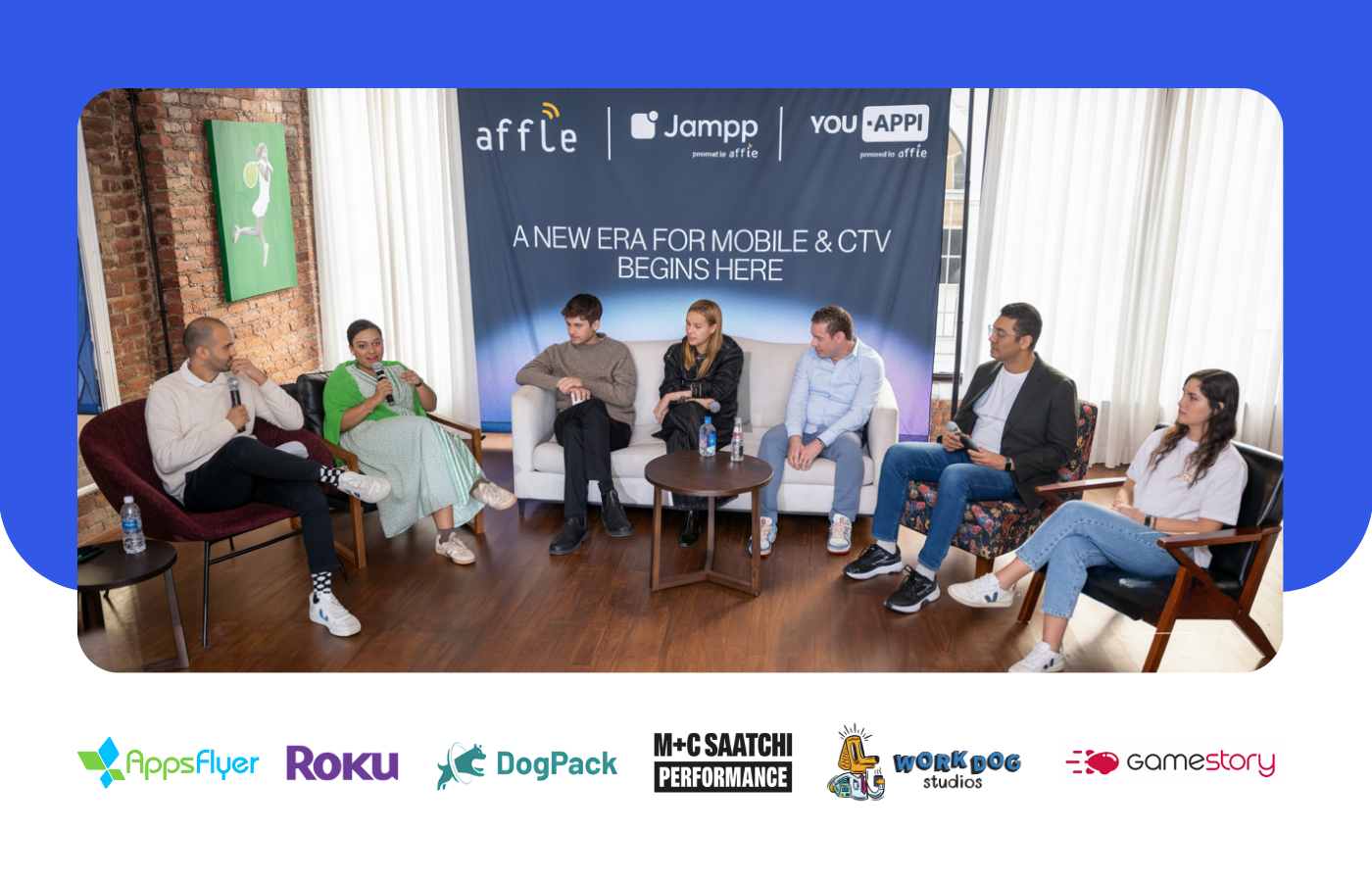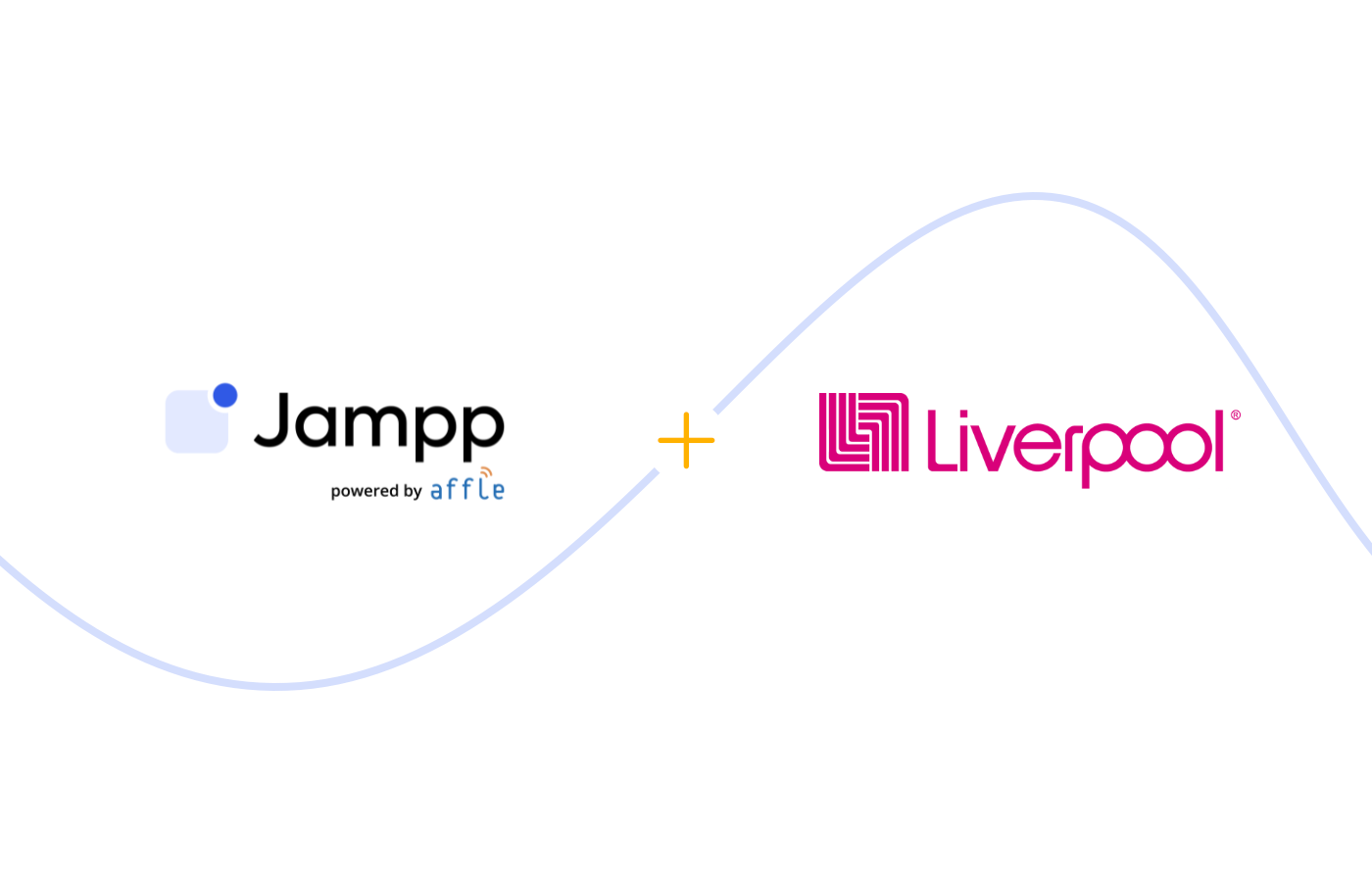Chartboost on the rising adoption of In-App Bidding
Jampp interviewed Neel Patel, Head of Partnerships at Chartboost, to hear their take on in-app bidding and other industry trends.
July 2, 2020

Supply Takeover #5 — Meet Chartboost
At Jampp, we work with a number of select programmatic partners to secure transparency and control over campaign performance for App User Acquisition and App Retargeting. For this edition, we interviewed Neel Patel, Head of Partnerships at Chartboost, to hear their take on the state of industry.
What sets your solution apart from other SSPs? What are some of your main differentiators?
At Chartboost, we’ve focused our efforts and investment in providing the best solutions for in-app ads. The Chartboost SDK is one of the most lightweight and easy to integrate SDKs, and as a result we have one of the top adopted SDKs in the market today. This ensures we have the inventory and quality users our DSP partners and advertisers are looking for.
In building Chartboost, transparency has always been our focus. That ties back to the original frustration of our founding team, who wants to push the advertising industry forward when it comes to transparency and control for developers. We provide our partners with granular and clear access to data, which is something they have always appreciated.
In recent years, we’ve also heavily invested in our programmatic capabilities. We started with the Chartboost Exchange and are rapidly expanding (for instance with Helium, our unified auction product) to be at the forefront of in-app programmatic technology.

You work with a lot of gaming publishers, and this vertical has been one of the categories to see a surge in app usage since the COVID19 outbreak, how has that impacted your business?
We are fortunate to operate in an industry that is extremely fun and can be fully operated online. With the COVID-19 outbreak and the lockdown restrictions we’ve seen more gaming activity in terms of traffic but also in terms of paying activity (in some targets, in-app purchases have grown more than 30%). On the advertising side, because of the performance nature of gaming user acquisition, we’ve generally seen budgets remain very strong.
How do you choose the publishers you work with? What criteria do you evaluate?
Our inventory is SDK-direct and we work with many of the apps in the top charts. When we source new publishers, we look for high-quality games/apps that provide us with the highest possible view into their inventory and unique placements (rewarded video is a priority, but we support interstitials and banners).
To ensure quality we have a dedicated team that reviews all new apps being onboarded and we use our own fraud detection methods to detect any suspicious activity. The best thing about having an SDK connection with the publishers is that we can detect fraud and react quickly.
What are the main forms of ad fraud we can find in programmatic? How do you fight programmatic ad fraud on your end?
At Chartboost we practice a zero tolerance policy toward all forms of in-app fraud. We combat fraud in several ways, monitoring both pre-install and post-install activity.
We have a dedicated team that is, among other things:
1) Reviewing new sign ups of apps where they go through an app approval process based on certain criteria before they can start monetizing on the Chartboost platform.
2) Running anti-fraud algorithms and identifying suspicious behaviors on existing apps based on specific signals of non-human traffic. Any fraudulent apps or publishers will be flagged in our system and not have the ability to monetize.
3) We conduct monthly reviews of publisher payments and work closely with our payment gateway partners. We can detect fraudsters by connecting their account information.
Lastly, we support industry-wide initiatives to eliminate in-app fraud such as app-ads.txt, Seller.json, SupplyChain object.
When it comes to working with DSPs, how do you select your partners?
We look to integrate with both performance and brand buyers who have:
- Strong programmatic experience and strong demand regardless of verticals
- Well-balanced demand when it comes to ad types that we support; banner, playables, rewarded video, interstitial video, and static display
- Strong relationships with their advertisers
- Access to unique and direct demand
- A good fit for our supply
- Demand in certain geos in which we are looking to grow
We see each integration as a strategic partnership where we find opportunities to scale and serve as thought leaders for each other. At Chartboost we like the potential openness that programmatic brings. In our case, since our transformation from an ad network to a programmatic platform, we’ve established very solid partnerships with companies that were not in our landscape before.
A while back, you published the results to an in-app bidding survey, were the answers along the line of what you expected? Were you surprised by any of the results? Is there anything you’d like to highlight?
The mobile ad industry as a whole has been actively pushing for in-app bidding (the app-focused version of header bidding) including ourselves, with the launch of Helium back in November 2019. With the survey we wanted to take the temperature among developers to see how in-app bidding resonates in the market.

More app developers are familiar with the technology than ever before. To share some highlights:
- Over 50% of the 99 survey respondents are actively keeping themselves up-to-date with the latest trends and results from in-app bidding through content and news outlets.
- 36% of the respondents have tested at least one solution and more than 7% have tested at least two solutions.
- 49% who have not tested a solution plan to test in the next 6 months. Lack of resources was the number one reason why they haven’t tested yet.
With these insights we believe that 2020 is the year for wide adoption of in-app bidding and it’s no longer questionable whether this technology is going to work or not, it will. At Chartboost, we are excited about these trends and are committed to continue working with top publishers to make Helium the solution they need and desire.
Can you tell us a little more about the launch of Helium?
As a developer-first company, we’ve built Helium to increase publishers’ revenue with fair competition and full transparency. With traditional waterfall mediation, buyers don’t have equal access to every impression prohibiting optimized yield for the publisher and where data has been hidden.
With Helium, publishers will earn more revenue as buyers are bidding in parallel for every impression resulting in higher fill rates and eCPMs. In addition, publishers will get access to data auction transparency available in real-time. Another major benefit is that there is less waterfall management which provides developers with more time to focus on growing their game/app.

In-app bidding is where ad monetization is heading as it provides better performance and improved efficiency to both publishers and advertisers.
Wrapping Up
With Jampp’s Supply Takeover series, we share insights into our partnerships, the inner workings of mobile programmatic and discuss where the industry is heading. We strongly believe programmatic is the best channel for apps looking to scale beyond Facebook and Google, leveraging higher transparency, and far more granular insights 📊. If you have any questions about real-time bidding or how programmatic advertising can drive incremental revenue for your app, get in touch with us!
Subscribe to our email newsletter









